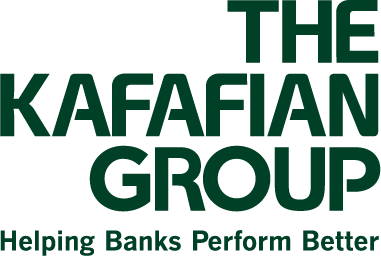Data Driven Strategy
You recently read an excellent book on strategy. Your financial institution faces challenges… economy is crawling at road-kill pace, customers struggling to remain current on loans, regulators breathing hot and heavy down your neck. You need to assemble the team, assess your situation, chart your course.
So you schedule a strategic planning retreat. Your strategy team wonders how they should prepare. Or will this be a brainstorming session? Although so many decisions are made “from the gut”, I put to you that your strategic direction should not be one of them. But so often I see strategic decision makers enter the fray with little more than their past experience and a truckload of anecdotes as their guide. This, to me, is like bringing a knife to a gunfight.
Here is the data I think every strategy team member should have when making strategic decisions:
1. Industry trends and statistics
2. Competitive trends, statistics, relevant data
3. Market trends and statistics
4. Customer analysis
5. Emerging customer preference analysis
6. Your FI performance data, trends, and analysis
7. Brand position analysis
So often strategic leaders assume their bank occupies a superior position based on nothing more than a customer comment heard during the past year. But does the FI truly have a superior position and if so, should the strength be exploited as a competitive advantage within the strategy? This requires discipline because there is a lot of data out there. I once proposed a banker education session titled “Big Data: Big Advantage or Big BS” (Note: I did not use the acronym BS). Cheeky subject line. It didn’t get selected. But the point here is to use data that is reliable, relevant, and not BS.
Regarding how data influences strategic decisions, I once had a CEO tell me that when rates rise, his closest competitor will have to lead the market in deposit rates because of that bank’s interest rate risk and liquidity positions. That is an important piece of strategic information he knew about the competition because he researched the competition. Positioning yourself for such an eventuality helps increase the liklihood you will successfully execute strategy.
As Sun Tzu said over 2,000 years ago in The Art of War, “he who knows the enemy and himself will never in a hundred battles be at risk”. How well do you know the competition, your customers, your markets, and yourself?
What other information should strategic decision makers bring to the strategic planning retreat?
~ Jeff
